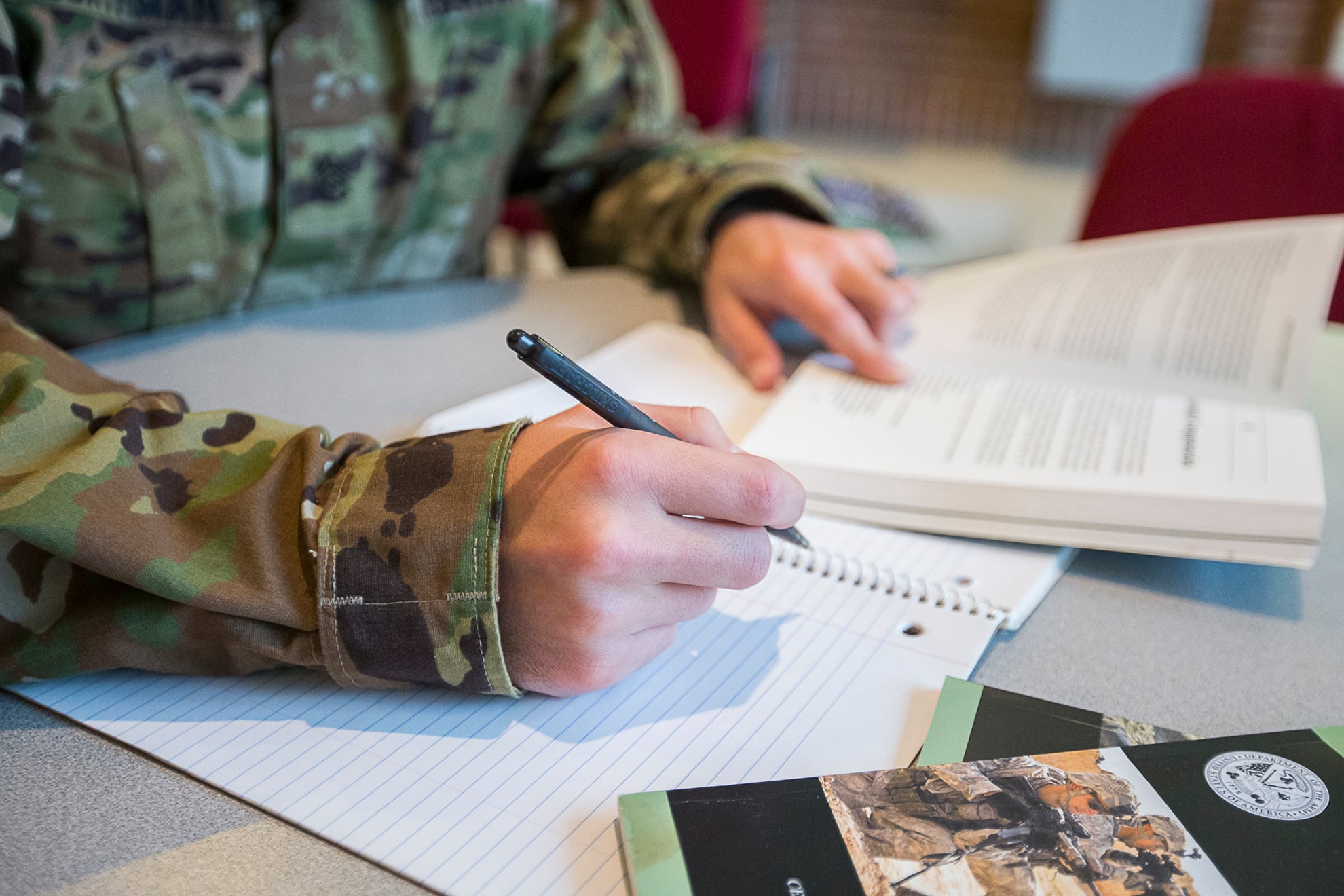Army leaders are promising to address months-long issues with their new tuition assistance program, which have caused some soldiers to have to pay out of pocket for civilian schooling that is normally free.
The problems started after the Army switched this spring from an older system called GoArmyEd to a new platform called ArmyIgnitED, which is contracted through Deloitte.
The changeover was supposed to simplify access to Army education benefits. But problems with the transfer of 15 years of legacy data caused a series of issues, including dropping soldier files and school enrollment files, Army officials said Wednesday during a call with reporters.
The transition has taken longer than expected, and that’s left some soldiers footing the bill for classes they expected to be covered by tuition assistance, which offers troops $4,000 each year to finance college courses.
“Soldiers will be reimbursed what they are entitled by the program,” said Lt. Gen. Ted Martin, who serves as the executive vice chancellor of Army University. “We are prepared to assist every soldier who is having problems, and Army University is working now with over 2,200 educational institutions, to ensure they are working to assist our soldiers who are students.”
As long as soldiers are using their benefits within the guidelines that are established, like semester hour caps and price caps, the Army will pay for those approved costs, added Sergeant Major of the Army Michael Grinston.
RELATED

“Right now, we need soldiers to keep their leadership informed as they request [tuition assistance] for classes. For leaders, I need them to manage these situations,” Grinston said. “We’re going to get [leaders] the exact steps [they] need to take, and I’m trusting [them] to take care of [their] soldiers and not just send soldiers to the education center.”
An exception-to-policy agreement allows soldiers to continue to register for classes and lets educational institutions authorize access to classes, said Col. Charles Rambo, director of Army credentialing and continuing education services.
About 81,000 soldiers have been able to use their tuition assistance benefits with 255,000 classes already underway.
“But that’s not everybody because we know that we are having issues and our job right now is to fix those,” Rambo said. “We’re holding daily meetings with [schools and universities] and we set up a cell to work with the universities to get their enrollment files in the system to speed up the process.”

Army officials did not say how many soldiers have been impacted by the funding issues.
As of last September, more than 100,000 soldiers across the entire Army had used some form of tuition assistance for fiscal year 2020 classes, Army Times previously reported when the ArmyIgnitED issues first arose.
Officials also did not have a timeline for when ArmyIgnitED would be up and running.
Although there was a beta phase to test the new system, not all of the data had been migrated from the old GoArmyEd platform, which is when the issue started, according to the Army.
“IgnitED is a stable platform that can handle the volume of soldiers that use GoArmyEd, which was about 4,000 per day,” Rambo said. “It was after the beta testing and we went live and we began the data migration that we realized 15 years of data from one system wasn’t going to transition to the new system.”
“And to be honest, we did not anticipate that it was going to be that difficult,” Rambo added. “We’re working through it, both through automation, as well as manually helping the schools enroll in the system to try and get ahead of that.”
Any soldier who has paid out of pocket for courses will be reimbursed up to their authorized amount. Soldiers will have one year to file those claims, Rambo said.
At this point, it is not possible to return to the old GoArmyEd system, because that contract is closed out and it’s no longer operational, added Martin, the executive vice chancellor of Army University.
Kyle Rempfer was an editor and reporter who has covered combat operations, criminal cases, foreign military assistance and training accidents. Before entering journalism, Kyle served in U.S. Air Force Special Tactics and deployed in 2014 to Paktika Province, Afghanistan, and Baghdad, Iraq.





